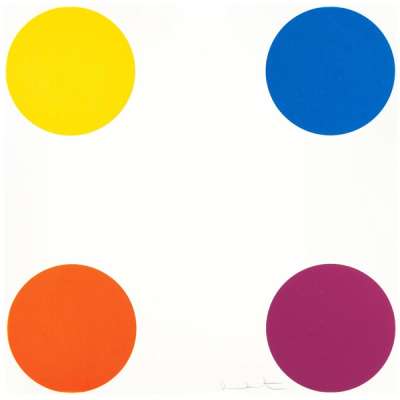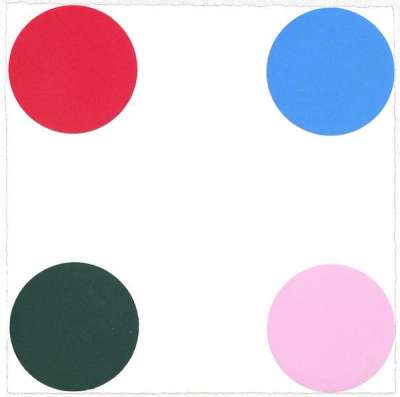
Tryptophan

Tryptophan
Signed Print
Damien Hirst
£22,000-£30,000Value Indicator
$45,000-$60,000 Value Indicator
$40,000-$60,000 Value Indicator
¥210,000-¥280,000 Value Indicator
€26,000-€35,000 Value Indicator
$220,000-$300,000 Value Indicator
¥4,270,000-¥5,830,000 Value Indicator
$28,000-$40,000 Value Indicator
AAGR (5 years) This estimate blends recent public auction records with our own private sale data and network demand.
There aren't enough data points on this work for a comprehensive result. Please speak to a specialist by making an enquiry.
Medium: Woodcut
Edition size: 48
Year: 2010
Size: H 102cm x W 102cm
Signed: Yes
Format: Signed Print
TradingFloor
Track this artwork in realtime
Watch artwork, manage valuations, track your portfolio and return against your collection
Track auction value trend
Auction Results
| Auction Date | Auction House | Location | Hammer Price | Return to Seller | Buyer Paid |
|---|---|---|---|---|---|
| September 2022 | Phillips London | United Kingdom | |||
| January 2015 | Phillips London | United Kingdom | |||
| December 2014 | Bonhams New Bond Street | United Kingdom | |||
| December 2013 | Ketterer Kunst Hamburg | Germany |
Meaning & Analysis
Tryptophan is a woodcut print from Damien Hirst’s 12 Woodcut Spots series from 2010. The square composition shows four three rows of three spots that are identical in size and shape, each depicting a different colour. Across the artist’s vast oeuvre every spot painting represents a unique combination of colours. The 12 Woodcut Spots series is an exploration of colour and form that is distinctly Hirstian.
The 12 Woodcut Spots series is reminiscent of Hirst’s Pharmaceutical paintings that span across his career and is one of his most prolific works. The titles from this series are taken randomly from the chemical company Sigma-Aldrich’s catalogue ‘Biochemicals for Research and Diagnostic Reagents’ that Hirst first encountered in the early 1990s. The grid formula is integral to the endless potential that Hirst’s spot paintings hold and allow for a rational and precise exploration of colour combinations.
Hirst has said of these works, “To create that structure, to do those colours, and do nothing. I suddenly got what I wanted. It was just a way of pinning down the joy of colour.” There are over 1000 spot paintings in existence, dating from 1988 to 2011, and over the last 24 years Hirst has produced an average of 60 spot paintings a year.










